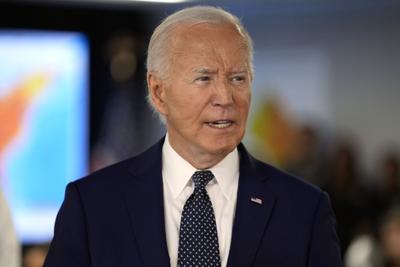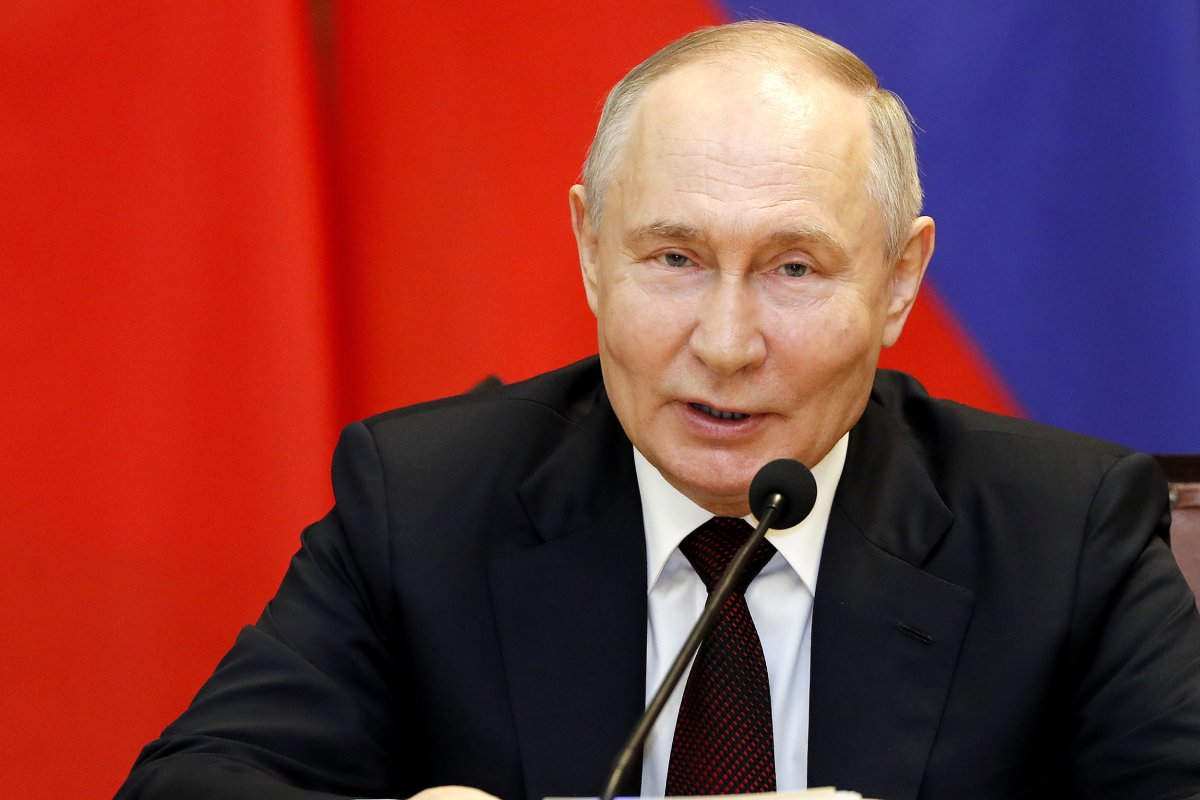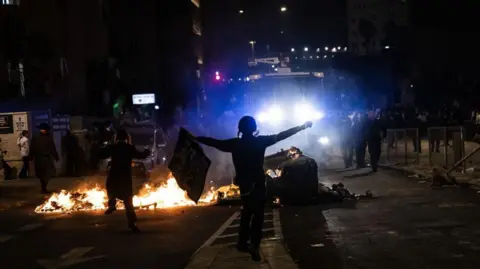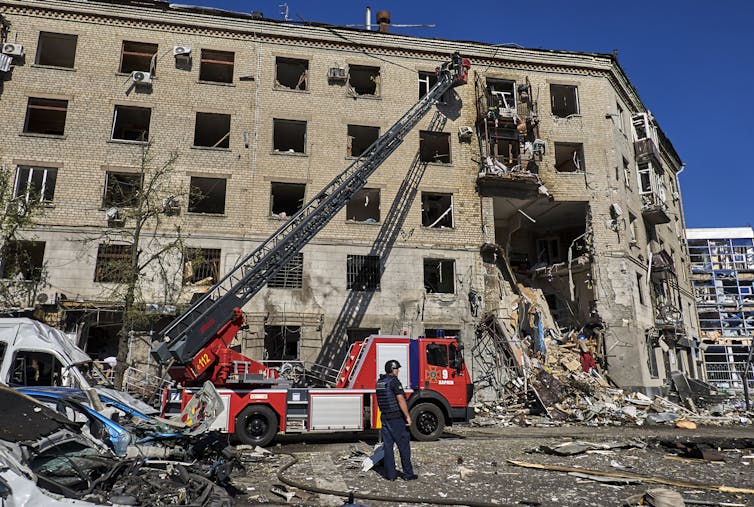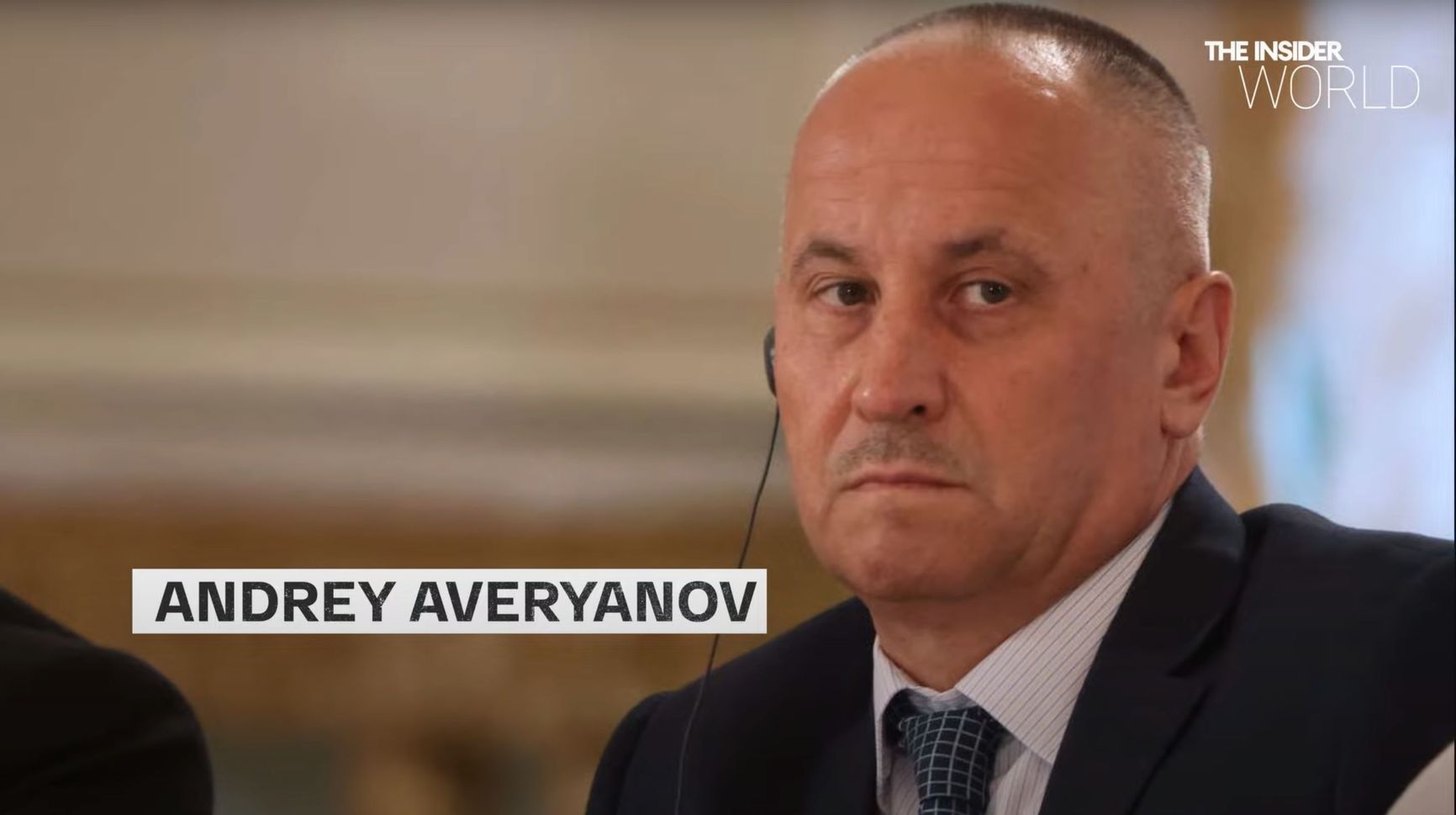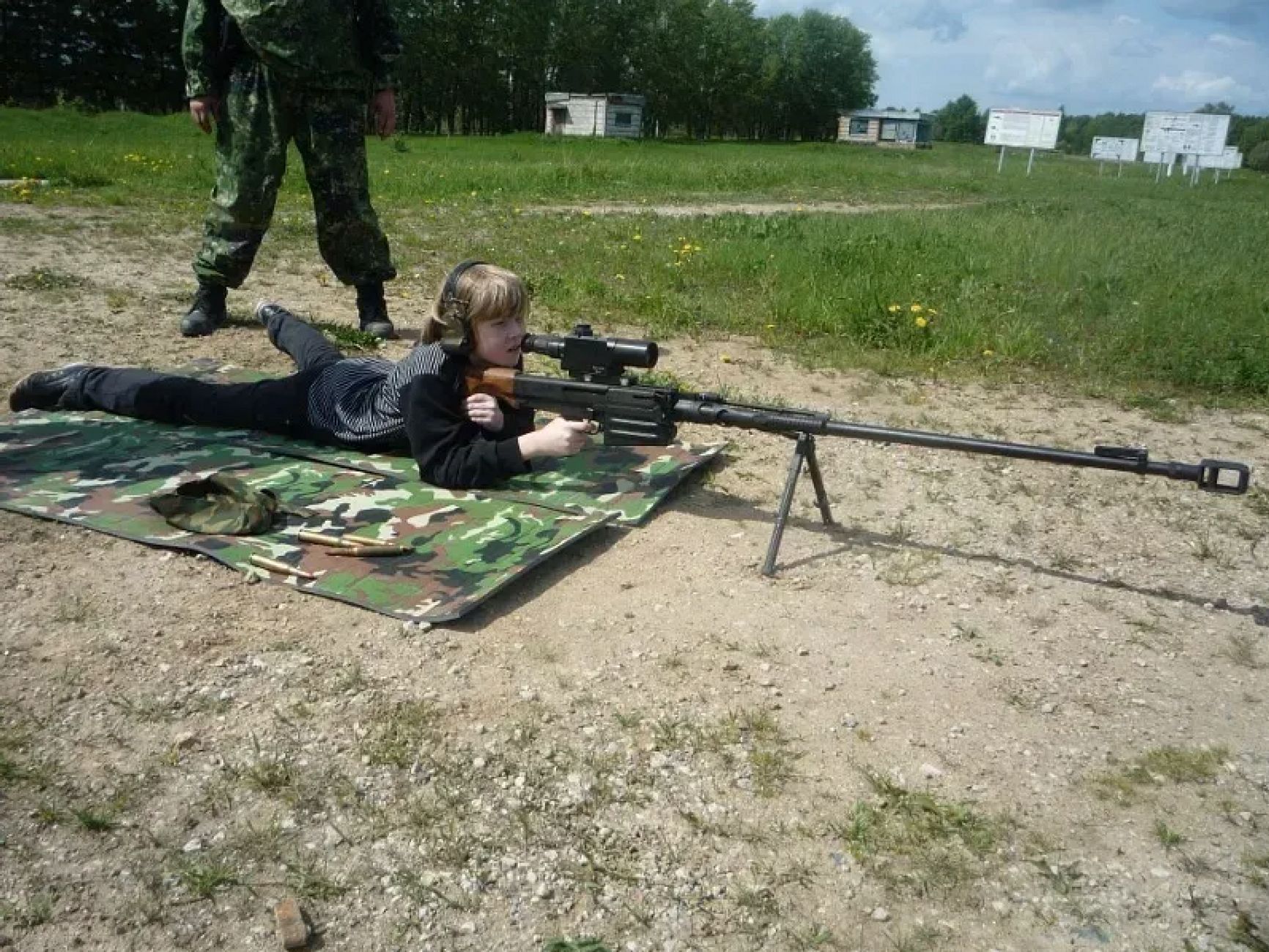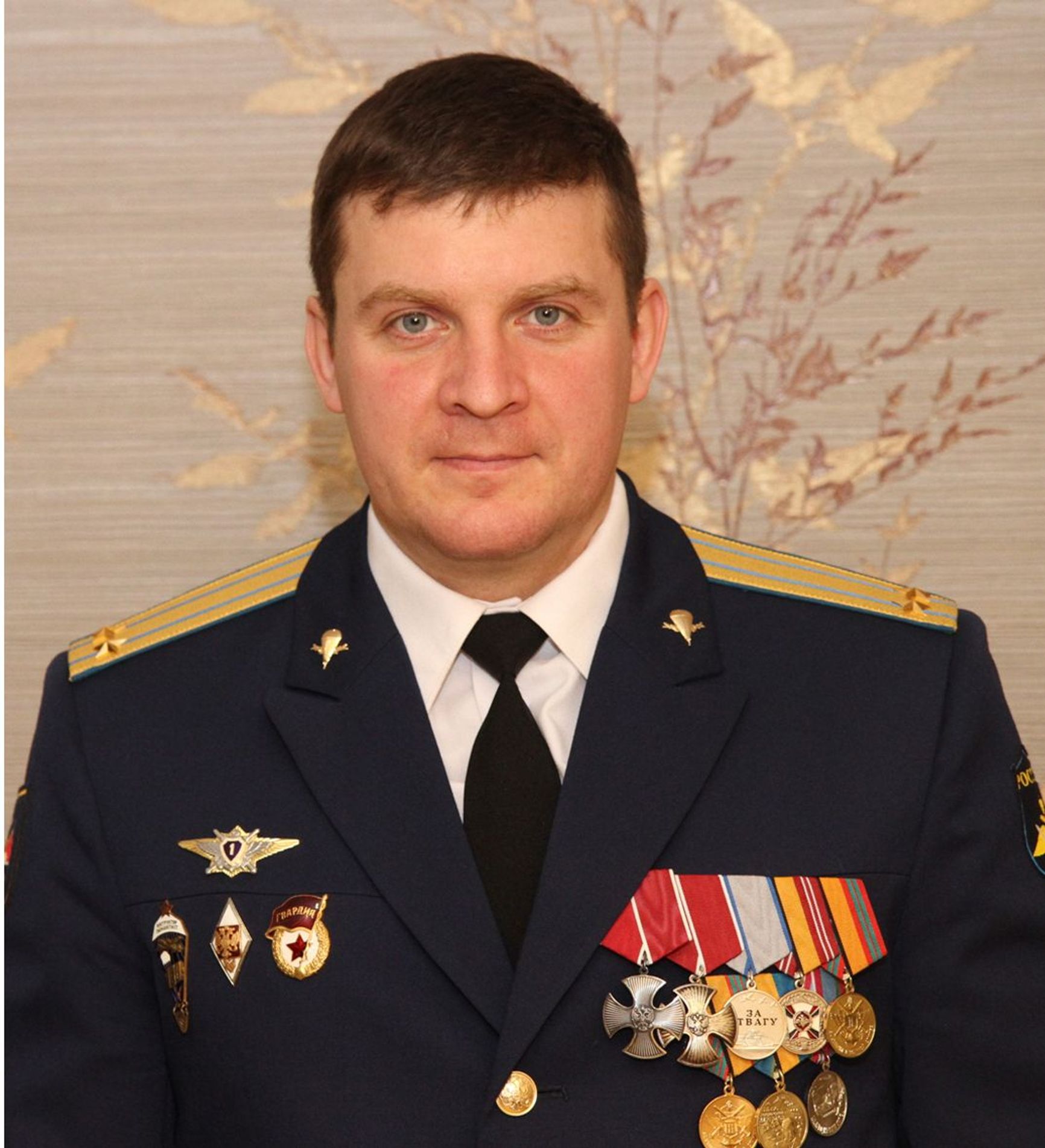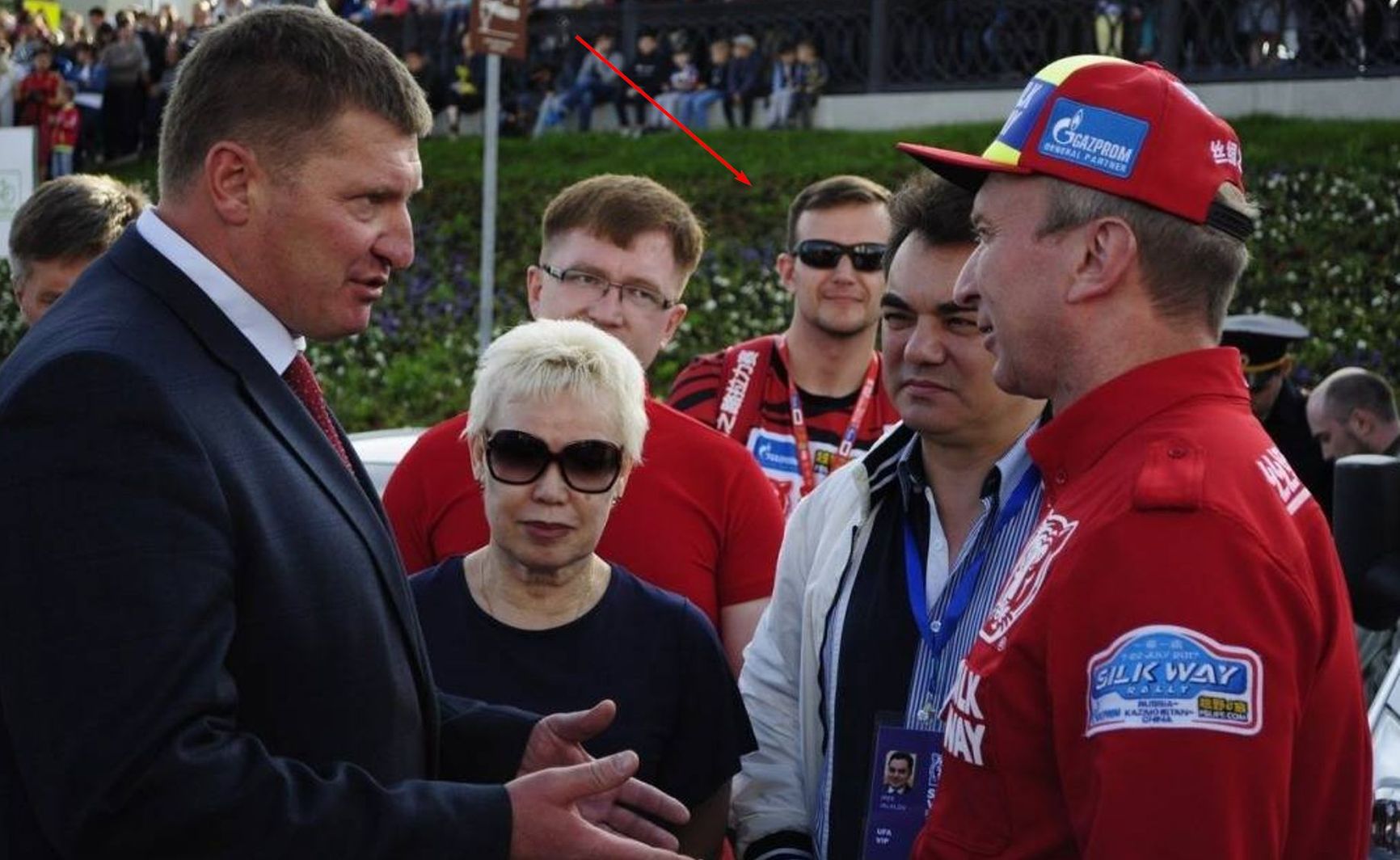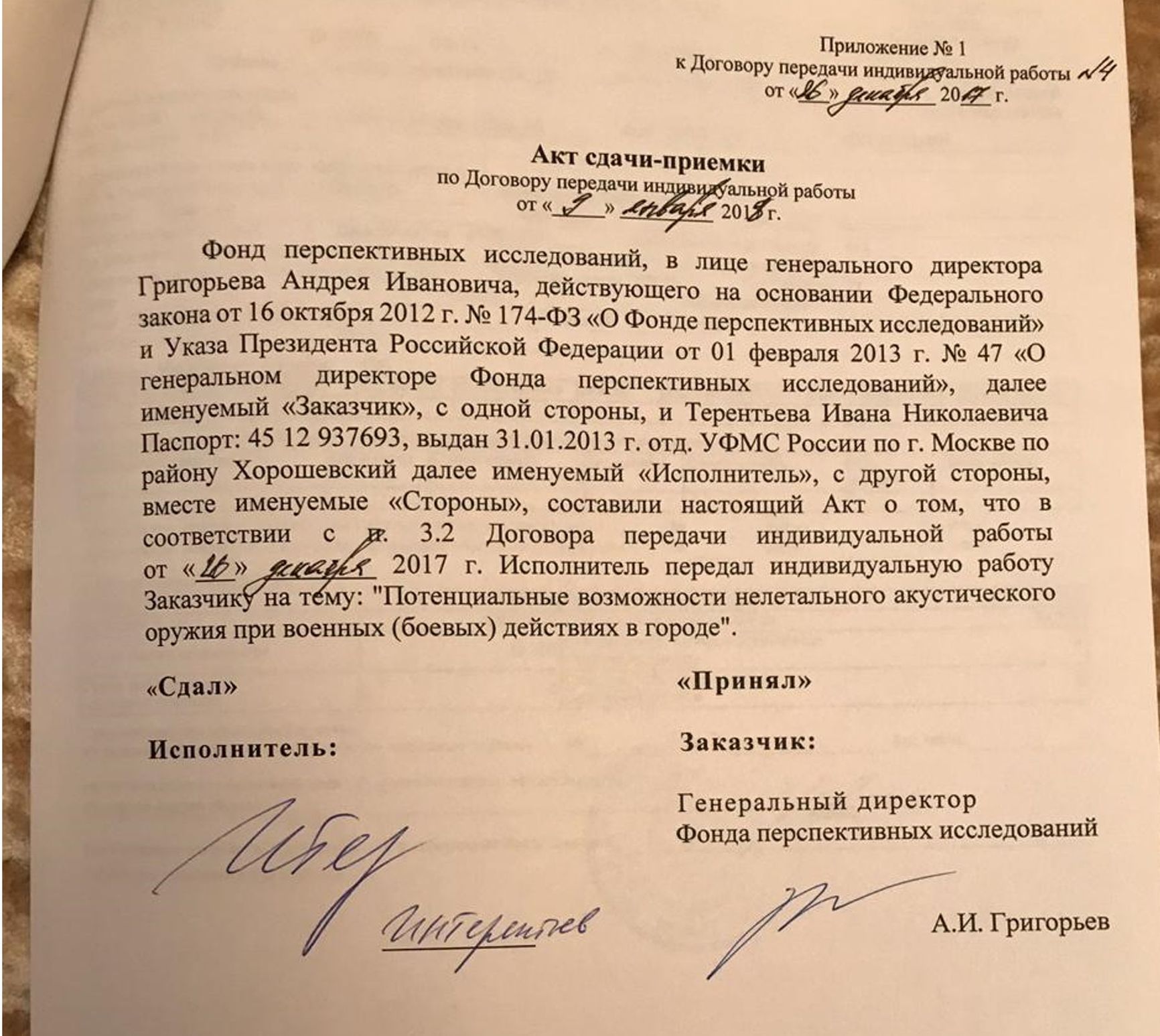
President Joe Biden delivered a stunningly bad performance last week during his debate with Donald Trump, causing many Democrats to worry about the future of American democracy. But some folks on social media think they’ve figured out why Biden looked so puzzled and frequently spoke haltingly with a blank stare in his eyes. Maybe the president was hit with a directed energy weapon that’s giving him Havana Syndrome.
Havana Syndrome is the name for a group of mysterious illnesses that have cropped up among U.S. spies over the past decade. The working theory has been that adversarial countries like Russia or China are intentionally targeting Americans with invisible rayguns to give them brain damage. And while the science is still very much in question, some people seem convinced that’s what happened at Thursday’s debate.
“URGENT: Scientist whose previous work included directed energy beam research for the US intelligence community said Biden’s symptoms during the CNN debate made him think of the Havana Syndrome. This is according to former KGB spy Yuri Shvets who defected to the US in 1993,” social media influencer Igor Sushko wrote on X late Sunday.
Sushko even included a video that was supposed to show the contrast between Biden on the day of the debate on June 27th and a rally the president held the next day in North Carolina. The suggestion is that Biden’s stumbles can only be explained by a targeted attack.
🚨 URGENT: Scientist whose previous work included directed energy beam research for the US intelligence community said Biden’s symptoms during the CNN debate made him think of the Havana Syndrome.
This is according to former KGB spy Yuri Shvets who defected to the US in 1993. pic.twitter.com/h53u0NoIHt— Igor Sushko (@igorsushko) July 1, 2024
Biden’s visible confusion and inability to sometimes even make complete sentences has caused panic among the Democratic Party, where donors and political leaders alike fear he could lose the presidential election. And defenses of Biden run the gamut, from people insisting he just had a bad night, to those who point out Biden has suffered his entire life from a stutter.
But the most dramatic explanation percolating on social media is that Biden is actually being interfered with by invisible weapons. Sushko even floated another conspiracy theory, that there was a Russian government plane that may have been involved in delivering the energy weapons.
“Shvets, a former KGB spy who was based in Washington DC during the 80s, does not believe in coincidences, and the fact that Russia’s IL-76 government plane landed in the US on June 27 before the debate and then left after the fact on June 29 could further suggest foul play,” Sushko tweeted.
It’s not entirely clear where the claim about the plane comes from. And Sushko’s source for quoting Shvets isn’t even clear, though it could be suggestions made during a Russian-language YouTube video posted Sunday. But it wasn’t just Sushko who was insisting Biden may have been the victim of nefarious forces at the debate.
“Biden was being assaulted with a directed energy weapon to diminish his performance. In spite of this he held on for 90 minutes. He’s a CHAMPION! This was to give TFG unfair advantage. #HavanaAct,” an account called Citizens That Know wrote in one of several tweets about the topic over the weekend.
Citizens That Know has accounts on platforms like X and Facebook dedicated to the concept of “targeted individuals,” a delusional belief many people have that they’re being stalked and harassed for no reason by largely unseen yet coordinated forces—often by criminal gangs or government agents.
“Note to @CNN and @CIA. This should be checked,” another account tweeted pointing to the directed energy claims. “The US hasn’t been taking Russia’s use of directed energy weapons against US Officials and Biden may be the latest victim.”
Whatever you think caused Biden’s embarrassing performance—whether you believe it’s typical cognitive decline that comes with old age or just an imperfect public speaker having a “bad night”—there’s no evidence it can be blamed on directed energy weapons. This is not to say that the U.S. government doesn’t have some highly advanced weapons at its disposal. The military has admittedly been working on laser weapons since the 1970s and we know the CIA developed a so-called heart attack gun around the same era. But in this case, the simplest explanation is the most likely.
Biden is 81 years old and clearly not performing like he used to. Trump, who’s just three years younger, is also slipping cognitively with repeated verbal stumbles and rants where he’ll frequently use the wrong name. Neither of these guys is at the top of their game, but it’s clear that Trump is the only one in this race with an agenda built on sadism and retribution.
Trump retweeted a call for Liz Cheney to be investigated for treason on Sunday, a crime he’s often pointed out includes the death penalty. Trump has even suggested his own top general, Mark Milley, should be executed for treason. If Trump gets back into office, things are going to get very bad very quickly.
No, Biden didn’t get hit with a directed energy weapon. But if the Democratic Party doesn’t get its act together and figure out how to convince voters that Biden or his potential replacement is fit for the job, the U.S. is going to be a very dark place to live come January.

